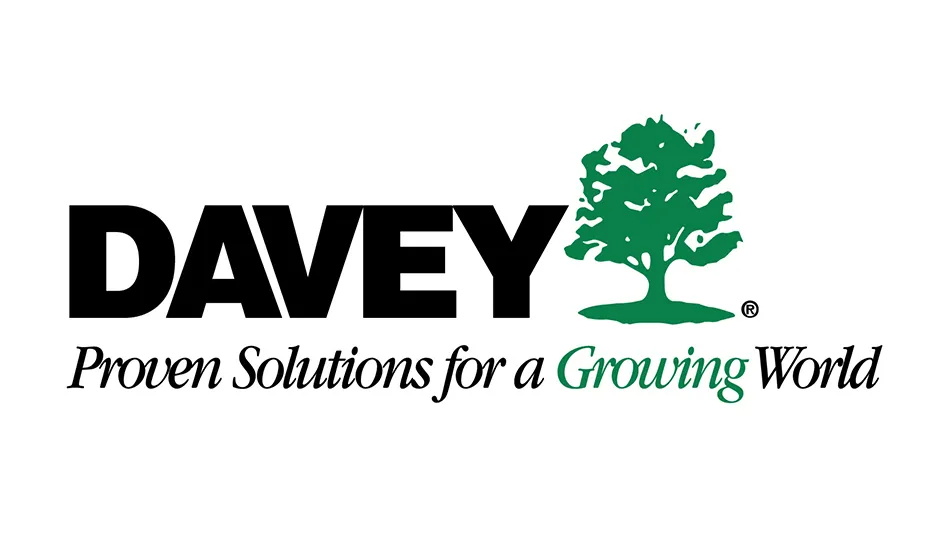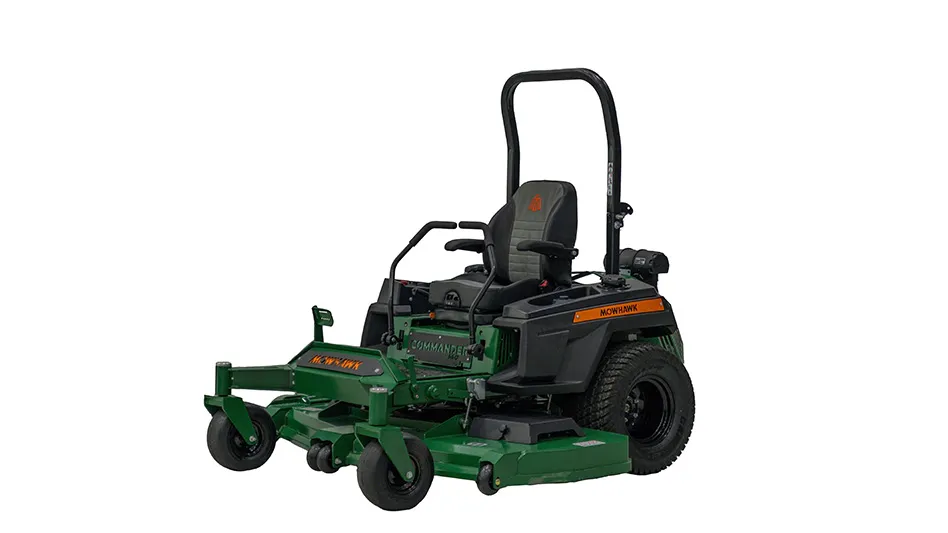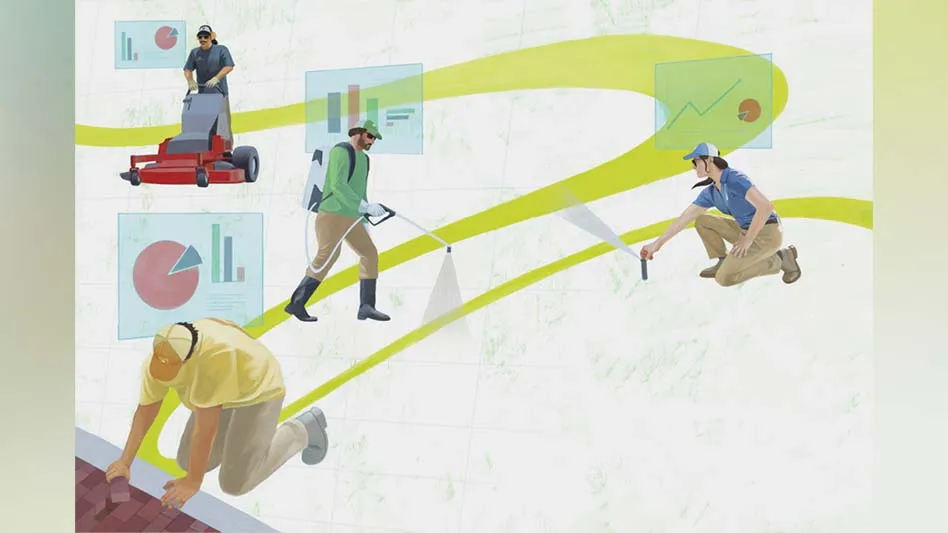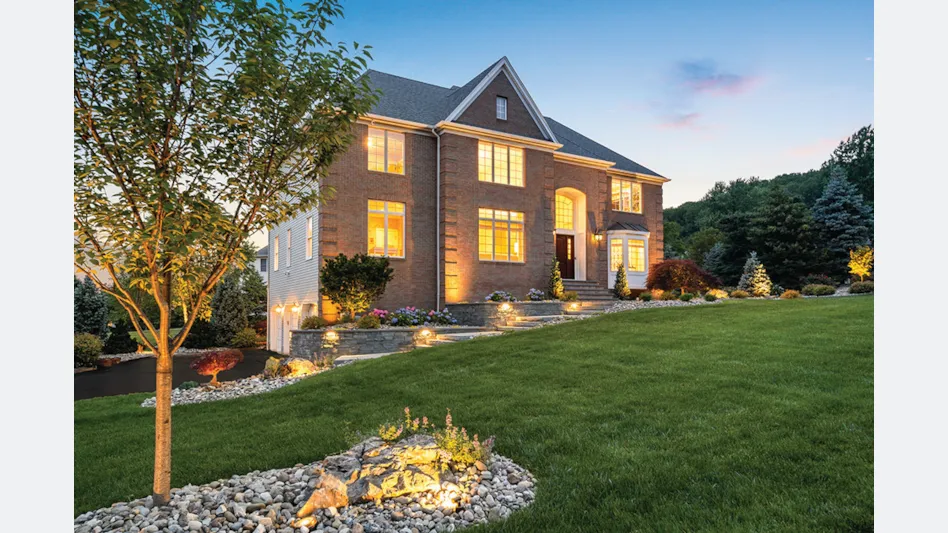
 While branching out into general landscape maintenance, irrigation or even holiday lighting decorations are all viable options for add-on services, turfgrass treatment might be one of the most cost-effective means to provide a bit of extra special care. We find out the bonuses to breaking into the market, and what you’ll need to know if you decide to do so.
While branching out into general landscape maintenance, irrigation or even holiday lighting decorations are all viable options for add-on services, turfgrass treatment might be one of the most cost-effective means to provide a bit of extra special care. We find out the bonuses to breaking into the market, and what you’ll need to know if you decide to do so.
Here’s a hint: it might not be as difficult or time consuming as you think.
Know-how. The most important qualification is education. Time is money, and it takes time to train technicians. Turf disease identification is the critical first step in control and learning proper application techniques is a must. However, there are ample opportunities to learn the basics and beyond at seminars sponsored by local government agencies, associations and even suppliers. Many are inexpensive or even held at no charge.
Licensing requirements vary from state to state, so be sure to do your homework before you start. Once licensing or certification is obtained, ongoing education is usually required to remain so. Continuing education units (CEUs) are offered by a multitude of sources – even online.
Turfgrass diseases can hit any lawn, almost any time. The “disease triangle” simply requires a host, a pathogen and the right conditions to wreak havoc. Take any one of those out of the picture, and the problem is solved.
Since the host turfgrass is a given, either altering the environment or eliminating the pathogen are the only two options available. Creating optimum growing conditions goes a long way to prevent diseases. However, sometimes even the best maintained lawns can fall prey to diseases. Offering spray programs to either prevent or treat various patches, blights and spots can be a valuable way to increase customer satisfaction and profits.
Get an edge. Noon Turf Care, headquartered in Hudson, Mass., is one of the rare companies that thrives during this weak economy. The firm offers turf care to most of the eastern part of the state, and to the west, north and south of Boston.
Rooted in professionalism and dedication to customer service, the company founders, Chris and Matt Noon, make a dynamic team. Chris handles marketing and the business end, while Matt sees to production.
“New England and Massachusetts’ predominant turfgrasses are rye, fescue and bluegrass,” Matt Noon says. “We also have bent and zoysia grasses, which are typically viewed as problem grasses in this area.” Bentgrass is considered ultra-high maintenance and predominantly used on golf courses, while zoysia might be better suited to areas with fewer temperature swings. However, even well-adapted turfgrass species can succumb to disease pressure.
“The main diseases we see are red thread, pythium blight, pink gray snow mold, leaf spot, dollar spot and Fusarium blight (necrotic ring spot),” Noon says. This wide range of turf diseases would discourage many LCOs, but Noon Turf Care found the challenge translated into opportunity.
“From over 12 years of experience personally and well over 100 years combined as a company of specialists, we have really refined our process for identifying and treating lawn diseases the past several years,” Noon says. “This has been a trying process for our company, but one that I think is very important as it provides a better level of service for the customer,” he says. “We can save a client potentially thousands of dollars of renovation costs from lawn disease damage.”
Offering this level of customer service gives Noon Turf an edge over the competition. “Most, if not all of our competitors, try at all costs to avoid addressing lawn disease for their clients. It’s expensive to train field technicians to ID and treat them.” However, the cost spent training technicians has a great potential payoff. “We look at lawn disease as an opportunity versus a liability for our company,” Noon says. “Our expertise differentiates us from competitors and creates a tremendous amount of client loyalty with our customers.”
When the company discovered Eagle fungicide, operations were simplified. “It treats the majority of lawn diseases we see. We apply it as a spray liquid at the higher rate recommended on the label,” Noon says. “About 30 percent of the time, we need to return a month later for a follow-up treatment and we build this into the initial cost of the treatment. It almost always stops the spread of the disease. Our technicians leave clear instruction for the homeowner for watering and mowing after the treatment.”
Down South. Heading to Greenville, S.C., the long hot, humid days and nights also make turf diseases a major challenge. “We use fungicides extensively here in South Carolina,” says David Boyle, owner of the Weed Man franchise for the past seven years. In what’s considered a transition zone, Boyle works mainly with warm-season turf species. Bermudagrass, zoysia, centipede grass and Saint Augustine make up about 80 percent of his accounts, while the remaining 20 percent of the accounts are cool-season fescue.
“There is a lot of disease pressure on fescue turf due to heat stress in the summer,” Boyle says. “Brown patch is its primary problem.”
But warm-season grasses see their share of diseases as well. “We see dollar spot in bermudagrass in the summer and spring dead spot disease in the fall. Actually, the disease is active in fall, but isn’t evident until the next spring when the bermuda comes out of dormancy,” Boyle says. “The primary disease issue for zoysia is large zoysia patch disease in the spring and fall.”
Boyle employs an arsenal to help with control. “Heritage works really well on brown patch (fescue) and zoysia patch (zoysia). Bayleton works well on dollar spot (bermuda). Armada works well for both dollar spot and brown patch. We rotate the products so that the disease doesn’t become tolerant to a particular fungicide.”
At the center of it all. In another transition zone in the Midwest, Brad Johnson, president of LawnAmerica in Tulsa, Okla., doesn’t see as much disease as those in more humid climates. As the largest LCO in the state, the less-humid environment is easier on both the predominant bermudagrass and small percentage of fescue lawns. “We get a little spring dead spot on the Bermuda and brown patch on the fescue,” he says. “We’ve found that Eagle fungicide is reasonable cost-wise and does the job if we have an outbreak.”
Johnson adds yet another spray service that more and more clients are purchasing – plant growth regulators (PGRs).
PGRs offer a denser, greener turf that requires half the mowing as untreated grasses.
“We use Primo MAXX on the warm season grasses; it really improves the color and density. Plus, it’s great from the environmental standpoint. We have air quality regulations and sometimes in the summer you aren’t allowed to mow,” Johnson says.
If you are ready to offer additional services, find out more through your local distributor, sales rep, Cooperative Extension office or trade association. It might take a little extra effort and start up costs, but the competitive edge you get will pay off in the future.
The author is a freelance writer based in Las Vegas.

Explore the January 2013 Issue
Check out more from this issue and find you next story to read.





